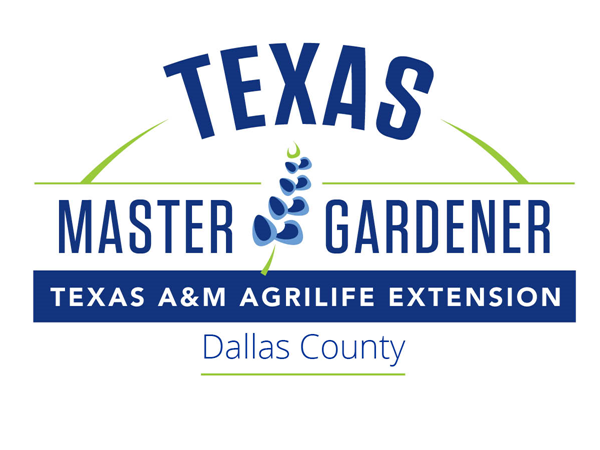As we embark on our edible landscaping adventure, we find out how ingrained the old gardening lessons are in our psyche. A great example – and lesson – is in our radish, carrot and onion bed.
When we planted our root crops, we placed each in its own row. Why? Mostly because we didn’t think about our planting “design” and did what we always did in the past. Everyone always plants in rows, right? So we did too: three rows of radishes (one for each type), then a row of carrots, and finally, to fill out the bed, a few rows of onions. We placed our plant labels at the end of each row to help us remember what we’d planted, and went on our merry way.

Row Planting- We Might Rethink and Plant Differently Next Time.
A few weeks passed; we had unseasonably warm weather coupled with lots of rain. The onions were growing. We seemed to have a little line of ferns we could attribute to the carrots, and up against the edge, we had three foot high stalks with pretty purple and white flowers on them. Some (not all) of the radishes had bolted!
And this is the lesson we learned from this bed: plant outside the lines. If we had sprinkled the radish and carrot seeds throughout the bed, with the onions interplanted, right now the whole bed would look like it was full of tall flowers, with a low fern covering the base, and smooth spikes interspersed for contrast. Overall, it could have been a much more uniform bed. Or, if we had known how tall our ferns (carrots) would grow, and if we could have anticipated our radishes bolting (and giving us those beautiful flowers), then we could have used the crops to ‘paint’ the bed: planting the carrot seeds around the border of the bed, lining the border with the onions, and filling in the center with the radishes. That’s part of the beauty and fun of landscaping with edibles: we are encouraged to add an extra dimension to our planting: we plant not just for the tasty edibles, but with an eye towards their intrinsic beauty.
A few other benefits to planting enough to let some of your harvest bolt:
The radish flowers (of course we tasted them!) taste like mild radishes – so now you have an extra flavor to add to your salad, or to your dishes as a garnish.
Not all the radishes bolted, but if you leave them to bolt (and give you pretty flowers), make sure to plant enough that you can harvest some to eat. We haven’t tasted our bolted radishes yet, but they will probably be woody in texture.
Leaving some of the plants to bolt means you now have another signpost up for the beneficals to come and visit.
Finally, if you let some bolt and eventually go to seed, you’ll have the seeds to plant the following season! However, if you choose to do that, make sure your seeds are heirloom or open-pollinated and not hybrid seeds. The seeds from a hybrid plant will differ from the parent. But if you like surprises, go ahead, plant the hybrids and see what you get!

Radish Flowers!
So we’ve learned our lesson: instead of planting an area, we’ll “paint” it: we’ll think about the shape and height of our final plants, and only plant in rows if we want to see a line in the final picture!
Lila Rose
Pictures by Starla


Great way to look at a vegetable garden plan. Going to pass this on to some school gardeners that I know…allow some creativity!